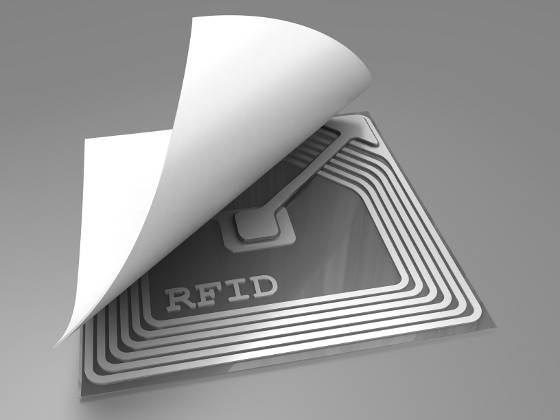
RFID Technology by yuriy2design/DepositPhotos
For more than a decade, the U.S. Department of State has issued only electronic
passports. All valid passports have been replaced with
the new e-passport.
The new passports contain an embedded chip in the back cover.
The chip contains your personal data from the data page of your passport; a
biometric identifier, which in this case is a digitized photo of you;
the chip identification number; and a digital signature designed to
thwart alteration of the data. When the passport is scanned, the
digital photograph in the chip is read by facial recognition technology
at the port of entry.
Some travelers are concerned about possible threats to the security of sensitive information
on the chip and violations of their own rights to privacy by third
parties.
Indeed there are some risks inherent to electronic passports. These are:
- cloning, which is replacing the chip with a different one;
- tracking, which is where the movements of the passport holder are tracked via carrying the passport;
- skimming, which is wirelessly stealing the information from your chip;
- and eavesdropping, which is intercepting the information from your chip as it is being scanned.
 .
RFID products are widely available. A quick search on Amazon reveals several covers, cases, and wallets from the Travelambo RFID Blocking Leather Passport Holder Cover Case Travel Wallet Elastic Strap(Gold CH grey gold)
.
RFID products are widely available. A quick search on Amazon reveals several covers, cases, and wallets from the Travelambo RFID Blocking Leather Passport Holder Cover Case Travel Wallet Elastic Strap(Gold CH grey gold) which
only cost a few dollars to the very sleek Bellroy Travel Wallet
which
only cost a few dollars to the very sleek Bellroy Travel Wallet runs over $100 but that organizes your passport, cash, 10 cards and a Micro Pen into a premium leather bifold.
Unfortunately, there are people in life determined to prey on
unsuspecting travelers with their portable readers, electronically
pickpocketing the unaware. While no security solution is 100%
effective, being aware of your surroundings and using RFID blocking jacket for credit cards and passport
runs over $100 but that organizes your passport, cash, 10 cards and a Micro Pen into a premium leather bifold.
Unfortunately, there are people in life determined to prey on
unsuspecting travelers with their portable readers, electronically
pickpocketing the unaware. While no security solution is 100%
effective, being aware of your surroundings and using RFID blocking jacket for credit cards and passport . adds a layer of protection to your personal data and privacy.
Disclaimer: Some of the links on this page may contain affiliate links. If you click the link and purchase one of the recommended rfid blocking passport covers, U.S. Passport Service Guide will receive a very small commission. This allows us to continue to provide practical and helpful information to thousands of travelers every month with no additional cost to you.
. adds a layer of protection to your personal data and privacy.
Disclaimer: Some of the links on this page may contain affiliate links. If you click the link and purchase one of the recommended rfid blocking passport covers, U.S. Passport Service Guide will receive a very small commission. This allows us to continue to provide practical and helpful information to thousands of travelers every month with no additional cost to you.


